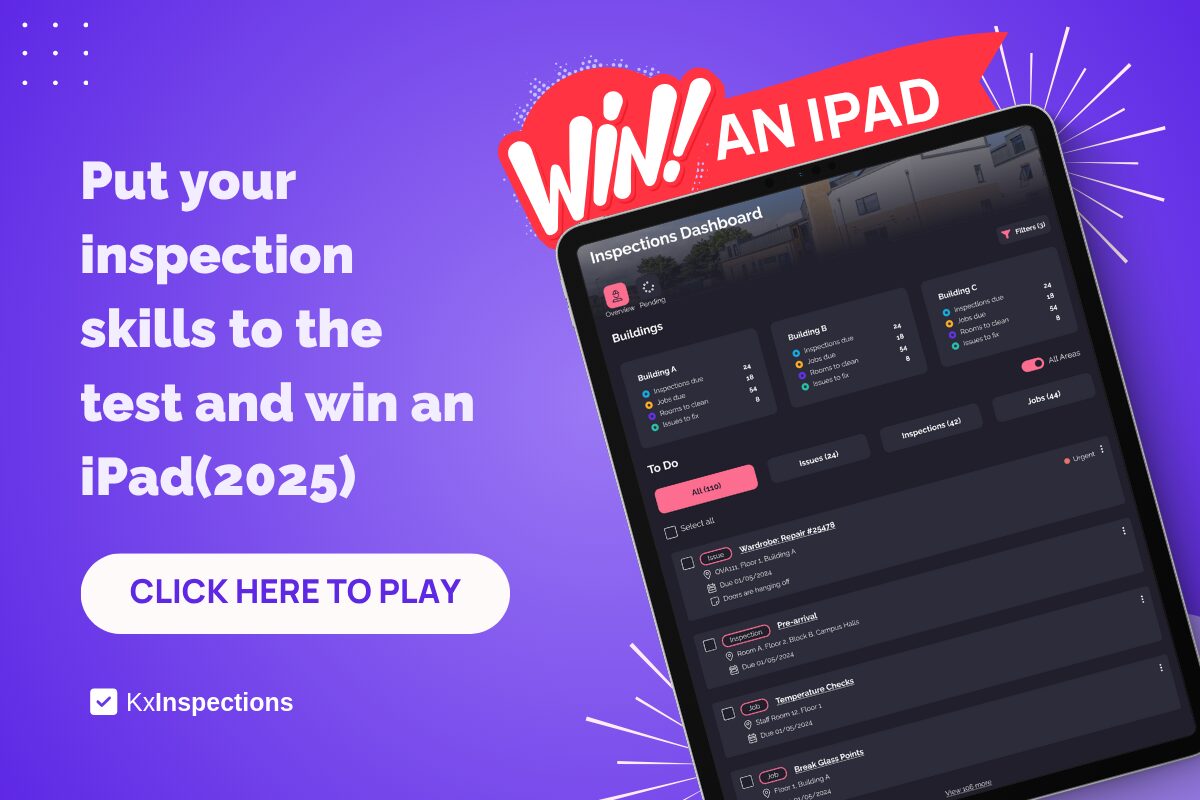The student accommodation sector is facing some significant changes. The UUK/GuildHE Accommodation Code of Practice for Student Housing (March 2025), supported by the Student Accommodation Regulations 2025, has introduced new compliance rules that are stricter than ever. If you’re still relying on manual processes, you could be exposing yourself to risks that might hurt your ability to meet these requirements.
The new Code isn’t just guidance, it is legally essential for institutions that want to keep their exemptions from HMO licensing under the Housing Act 2004. Falling short of the rules could mean losing these exemptions, facing immediate licensing from local authorities, and being removed from the Code entirely.
Where Manual Processes Could Fail You
1. Keeping a Reliable Audit Trail
The Code demands regular, detailed reports that show compliance over time. Trying to reconstruct the complete timeline of a specific room’s issues from 18 months ago across your various systems is a challenge. On top of that you have multiple spreadsheet versions creating confusion about which data is authoritative. And there is no automatic connection between the photo of ‘Room 201’ and the finding in your spreadsheet, the work order is in another system, and the student correspondence is elsewhere in your PMS or Outlook Inbox.
2. Student Transparency and Communication
Institutions need to now provide students with transparent information about Code membership and complaint processes, and ensure accessible means of providing relevant information at the start of occupancy. Manual systems, however, often create silos where students can’t easily access inspection reports, track repair requests, or see how charges are connected to findings. This can lead to more complaints or disputes and dampen the students’ satisfaction and accommodation experience.
3. Handling Repairs and Maintenance
The Code expects you to have clear procedures for reporting problems, response times, and keeping students informed about delays. Manual systems often result in slow communication between inspection teams and maintenance staff, causing delays and mistakes. This can leave students in the dark and lead to missed service-level agreements.
4. Using Data Analytics and Feedback for Continuous Improvement
Institutions must conduct satisfaction surveys and use systematic feedback to make improvements. Spreadsheets can hold data, but they can’t provide actionable insights without good analysis. Pulling useful information from scattered spreadsheets and systems takes too much manual work and often doesn’t happen. For example, it’s hard to spot that Building A has three times more bathroom issues than Building B. For instance, it can be difficult to spot that Building A has three times as many bathroom problems as Building B. Without automated tools, improvements are based on guesses rather than clear data trends. Comparing performance across different properties, time periods, or years becomes a manual and error-prone task.
5. Managing Complaints Effectively
Institutions also need to provide monthly updates on unresolved complaints and annual summaries of Stage 2 and Stage 3 complaints for CAS review. When students complain about inspection-related issues, can you instantly identify all related inspection findings, maintenance requests, communications, and charges? Complaint evidence might be in emails, inspection photos in OneDrive, charges in spreadsheets, and communications in portals, recreating the complete picture is time-consuming and error-prone. This creates delays and is a reactive approach to resolving issues instead of a proactive one.
What’s Next: Moving Forward with Confidence
The new Code focuses on compliance, transparency, and continuous improvement, making it clear that investing in automated solutions is the way forward. Tools like KxInspections can help by automating processes, creating reliable records, and integrating communication with students. It reduces inefficiencies and ensures compliance while improving engagement.
With features like advanced analytics, seamless integration with platforms like KxEngage, and streamlined workflows, KxInspections can ease administrative burdens and help institutions meet the demands of the new Code. Shifting from manual processes to a smarter system is not just a choice, it’s the key to efficiency and effectiveness under the new requirements.







